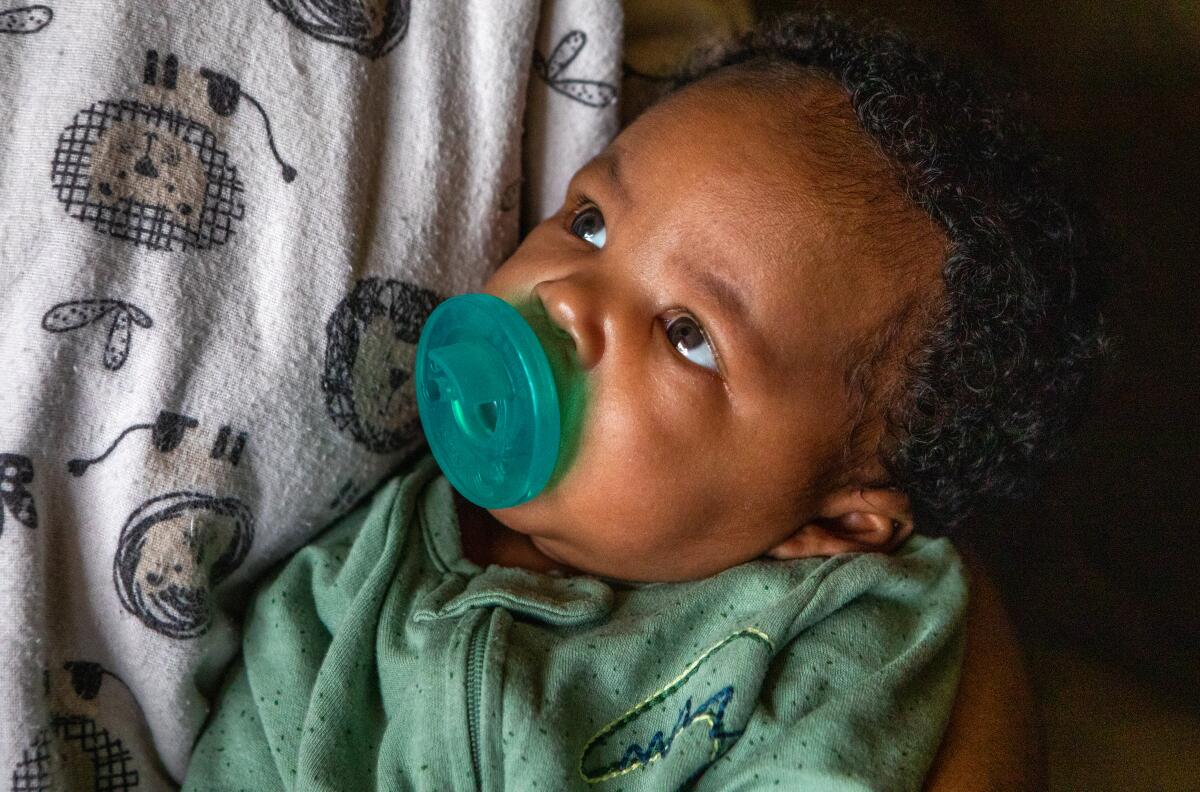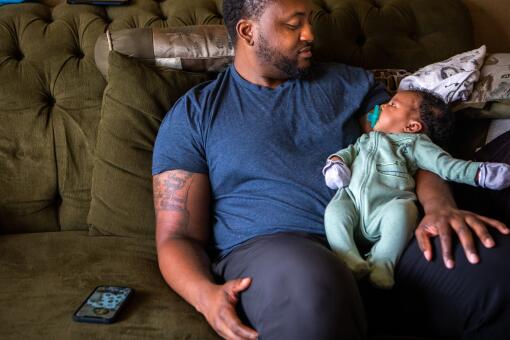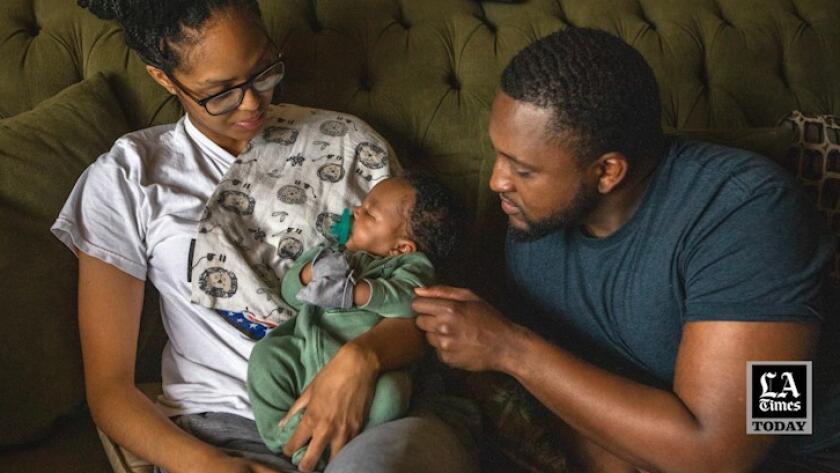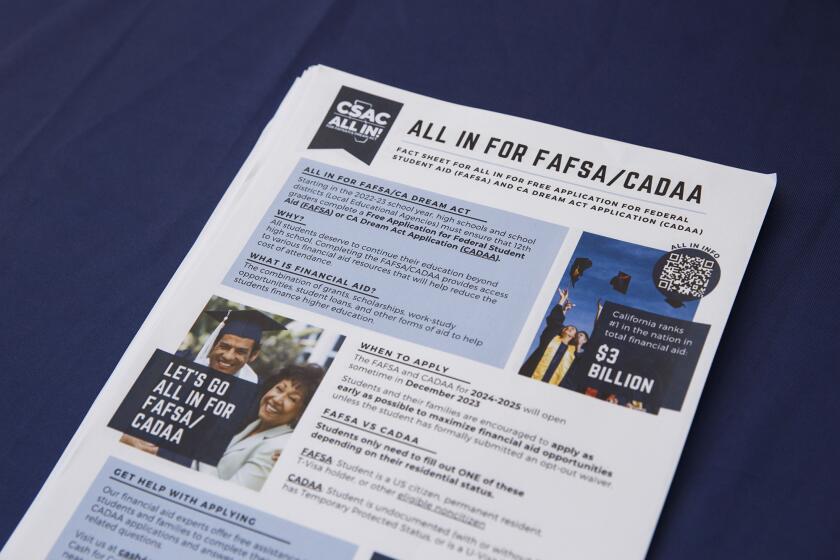Are you putting your baby to sleep safely? Make sure you’re following these guidelines

In Los Angeles County, a baby dies nearly every week from accidental suffocation, the most common form of unintentional death of infants under 1 year old, according to the Inter-Agency Council on Child Abuse and Neglect. But these deaths can be prevented.
The agency’s infant safe sleep campaign provides the latest guidelines.

“It’s so important to have this message loud and clear,” said Deanne Tilton Durfee, the agency’s executive director. “Do not go to sleep until your baby is on its back in an uncluttered crib.”
Here is what new parents and infant caregivers need to know about the latest recommendations for safe sleeping:
How safe sleep guidelines have evolved
It wasn’t until the late 1980s that research began to show that babies who slept on their stomach had an increased risk of dying compared to those who slept on their backs. In 1992, the American Academy of Pediatrics launched a campaign to raise awareness about the importance of putting their babies to sleep on their backs.
By 2000, babies dying from sudden infant death syndrome dropped across the U.S. by almost half to 62 in every 1,000 live births, according to the Centers for Disease Control and Prevention.
Since then, efforts to further ensure safe sleep have led to expanded recommendations. Following L.A. County’s safe sleep campaign that launched in 2012, the number of infant suffocations dropped from 70 in 2011 to 34 in 2014. The annual number, however, is beginning to rise again. According to Durfee, infant suffocations hit 44 in 2022.
How do I keep my baby safe as they sleep?
Safe sleep practices can be summed up in an easy mnemonic: Parents only need to remember ABC: alone, back, crib, according to the American Academy of Pediatrics.
Alone: Your baby can be in the same room, but not in the same bed. It’s hard to control how you move in your sleep and your baby may end up suffocating as a result. Instead, have a crib or bassinet right next to the bed, where you can easily reach over to calm a fussy infant or transfer the baby after breastfeeding.
If you do bed share with your baby, make it as safe as possible by removing soft bedding to reduce risk.
Back: Lay your baby on their back. While tummy time during the day is still important, babies should not lie on their stomachs while they are sleeping because they may have trouble breathing and can choke.
The pediatric association also recommends that parents do not elevate the head of the mattress because positioning can be risky. Parents should also refrain from laying babies on their sides, since they can flop over onto their stomach.
Crib: Make sure the crib is clutter-free. Babies should always be placed on an approved sleeping surface, like a crib or bassinet. Mattresses should also be firm and flat. Parents should avoid allowing their babies to sleep in car seats or swings or on the couch because the way they are positioned could also put them at risk for suffocation.
Make sure the crib is empty, other than the baby and perhaps a pacifier. Crib bumpers, soft bedding, including pillows or stuffed animals, can be a suffocation hazard. Don’t use loose blankets either — swaddle or use a sleepsack instead.
Controlling other activities outside of sleep can also help reduce risk of SIDS. Exposing your baby to secondhand smoke and overheating can heighten risk. Breastfeeding during the first few months, however, reduces risk significantly. Also, pediatricians recommend against parents using SIDS reduction products sold in stores, as the products may not have been safety tested.
Times staff writer Jenny Gold contributed to this report.
This article is part of The Times’ early childhood education initiative, focusing on the learning and development of California children, from birth to age 5. For more information about the initiative and its philanthropic funders, go to latimes.com/earlyed.
Watch L.A. Times Today at 7 p.m. on Spectrum News 1 on Channel 1 or live stream on the Spectrum News App. Palos Verdes Peninsula and Orange County viewers can watch on Cox Systems on channel 99.












